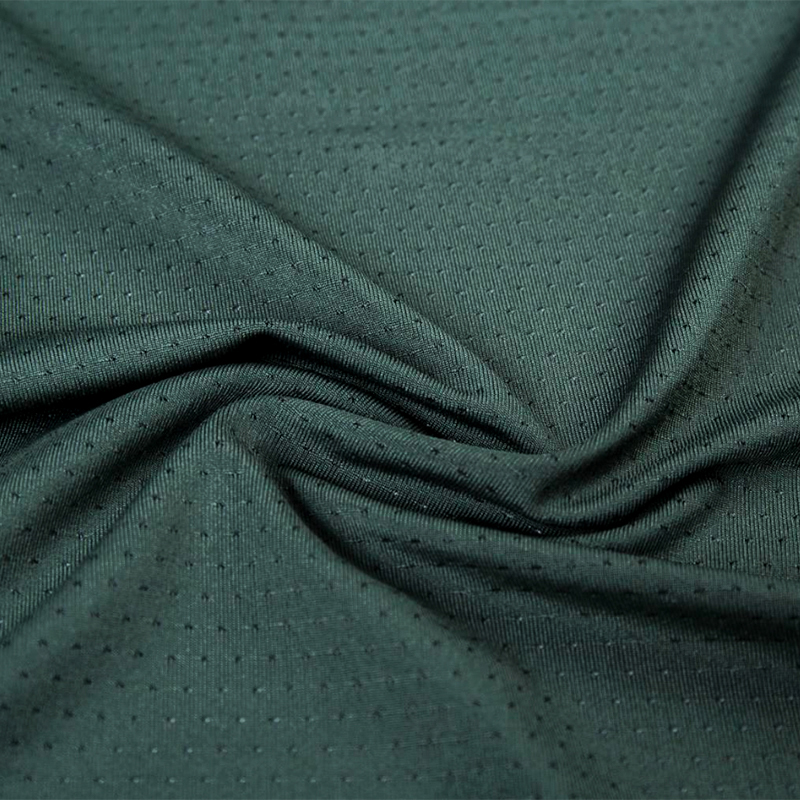Selecting the right sportswear knitted fabric can significantly enhance your performance and comfort during physical activities. With a plethora of options available, understanding the key features and properties of these fabrics is essential. Here’s a practical guide to help you make an informed choice.
Identify Your Activity
The first step in choosing the right fabric is to consider the specific sport or activity you'll be engaging in. Different sports have unique demands; for instance, running may require lightweight, moisture-wicking fabrics, while weightlifting might benefit from more durable, supportive materials. Identifying your primary activity helps narrow down the options.
Understand Fabric Composition
The composition of the fabric plays a crucial role in its performance. Common fibers used in sportswear include:
Polyester: Known for its moisture-wicking properties and durability, making it a popular choice for activewear.
Nylon: Offers excellent stretch and recovery, ideal for form-fitting garments.
Spandex (Elastane): Adds elasticity, allowing for freedom of movement, particularly in high-intensity workouts.
Look for blends that combine these fibers to enhance comfort and functionality.
Evaluate Moisture Management
Moisture-wicking capabilities are vital for maintaining comfort during exercise. Fabrics designed to draw sweat away from the skin can prevent discomfort and chafing. To assess this feature, look for descriptions that highlight moisture management technologies, such as hydrophilic fibers or treatments that enhance wickability.

Consider Breathability
Breathability is essential for regulating body temperature during workouts. Fabrics that allow air circulation can help keep you cool and comfortable. Look for features like mesh panels or specific weave constructions that promote airflow, especially if you engage in high-intensity activities.
Check for Durability
Durability is a critical factor, especially for sports that involve friction or abrasion, like running or cycling. Fabrics with higher denier counts typically indicate greater strength and resistance to wear. Testing methods, such as abrasion resistance, can provide insights into a fabric’s durability.
Assess Fit and Comfort
The fabric’s stretch and recovery are vital for comfort and movement. Look for knit fabrics that provide a good balance between support and flexibility. It’s also helpful to consider the fabric's feel against your skin—softness can enhance comfort during prolonged wear.
Think About Environmental Impact
As sustainability becomes increasingly important, consider the environmental impact of the fabric you choose. Look for brands that offer recycled materials or sustainable production practices. Certifications like OEKO-TEX or GOTS can also indicate more environmentally friendly options.
Choosing the right sportswear knitted fabric involves evaluating your specific needs based on the activity, understanding the properties of different materials, and considering factors like moisture management, breathability, and durability. By taking the time to assess these elements, you can select a fabric that not only enhances your performance but also keeps you comfortable and confident during every workout. With the right sportswear, you’ll be well-equipped to tackle any challenge that comes your way.






.png?imageView2/2/format/jp2)




